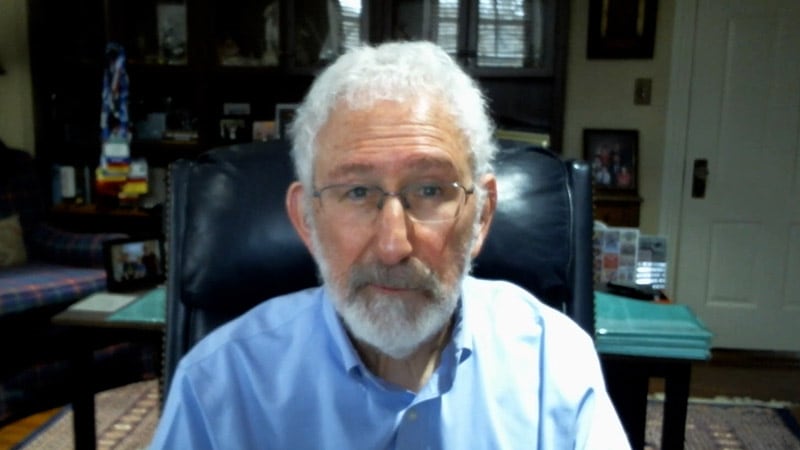This transcript has been edited for clarity.
Hello. I’m Dr Maurie Markman from City of Hope, and I’d like to discuss a very important study. I think many of you may have heard about this, but it’s important to emphasize what these investigators reported in terms of the impact of what we are doing in the cancer world today and, in my opinion, what the focus needs to be on in the future.
The paper I’m referring to is “Estimation of Cancer Deaths Averted From Prevention, Screening, and Treatment Efforts, 1975-2020,” published in JAMA Oncology. This was a very interesting effort; there was modeling done, and assumptions were made, in order to do what these investigators did. But this is, I think, very high-quality and reasonable data science. The paper outlines the assumptions made in coming to the conclusions reached by these investigators.
They looked at breast, cervix, colorectal, lung, and prostate cancers — obviously, major cancers — and specifically looked at what the impact has been over the past 45 years of these three different strategies in averting deaths: prevention, screening, and actual treatment.
The bottom line, as reported by these investigators, is that over this 45-year period, 5.94 million deaths have been averted in these five cancers combined, due to the efforts of countless numbers of individuals, researchers, clinicians, public health officials, government regulators, etc. It’s an incredible and an enormously positive contribution to society and to individual patient health.
They note, and this is a powerful message, that 8 of the 10 deaths, 80%, that had been averted were due to efforts in cancer prevention and screening. It may come as a surprise to some, but not to all, because of our often very intense focus and money spent on treatments for established and advanced cancers over the past decades.
There’s no intent either in this paper or by me to denigrate — in any way, shape, or form — the enormous efforts that have been made in treatment. But if you look at the question of deaths averted, the vast majority have come from prevention and screening efforts. And clearly, there’s cost involved in these efforts, but far less than that associated with development of treatments.
They’re even more specific in this paper: Screening, according to these investigators, has been responsible for essentially all reduction in cervix cancer, which we certainly know from the enormous contributions of the Pap smear screening and now HPV screening: 25% of breast cancer deaths were averted due to screening; 56% from prostate cancer; 79% of deaths from colorectal cancer; and, of course, from lung cancer, 98% of the impacts on cancer deaths has resulted from a reduction in smoking.
So, overall a tremendous impact, a positive impact. So many individuals and organizations avert deaths, but it’s critical to remember the role of prevention and screening. And as we move forward to the future, as we look at the epidemic we have of obesity in this country and the concern about the risk of alcohol on the risk for cancer, it is important to remember the critical role to the present but also for the future of prevention and screening.
Thank you for your attention.
